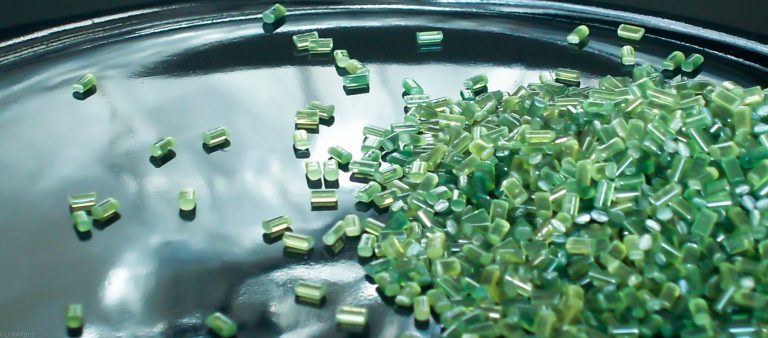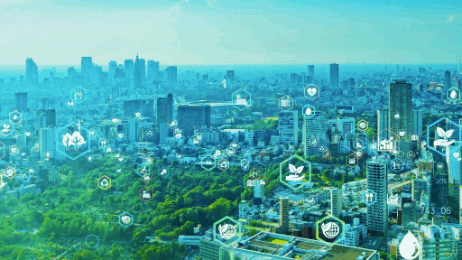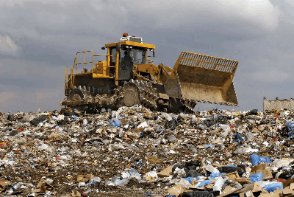Resyx GmbH | Switzerland
What you get from us
High-performance functional masterbatches for fibers, yarns, films, injection molding, and more. Specializing in functional additives for applications in garments, bedding, automotive, defense, and beyond.
Resyx GmbH specializes in Custom masterbatches, specialty yarns & fibers for global filament, textile, and consumer product manufacturers. Tailored for performance, quality, and innovation in diverse applications Our products are crafted to meet the toughest specifications, offering solutions that are hard to find anywhere else.
Our Target Audience
- Global Filament and Fiber Producers
- Textile Companies
- Consumer Product Producers Using Specialty Plastics
Key Benefits
Highly Efficient
Our products are engineered to improve production efficiency, reducing waste and increasing throughput.
Superior Durability
Designed for long-lasting performance, our masterbatches, yarns, and fibers retain their quality and functionality even under the toughest conditions.
Key Features
Top Performing Functions
Warming +14°C, Cooling -4°C, Antibacterial, Flame Retardant, Antiodor, Antistain, Water Repellent, Skin Care, Metabolism Booster, Active Carbon, Camouflage for Defense, Conductivity, Graphene, etc.
Permanently Embedded Functionality
Functional additives are built directly into our materials, ensuring consistent performance over the lifetime of the product—no degradation over time.
Cost-Effective & Dosages
High performance and durability at a competitive price point, providing long-term savings and value for our clients. Masterbatch dosages are optimized between 2% and 6%.
Why choose us
Efficiency at Every Step
Our masterbatches, fibers, and yarns are crafted for maximum efficiency in production—saving you time, reducing waste, and enhancing output.
Unmatched Durability
With Resyx, you get products that stand the test of time. Our superior-grade materials are built to perform in demanding environments, ensuring lasting value.
Permanently Embedded Functionality
We deliver masterbatches and fibers with functional properties that won’t wear off, guaranteeing sustained performance throughout the lifecycle of your product.
Competitive Pricing, Lasting Value
Enjoy the best of both worlds—top-tier quality at a price that supports long-term savings and cost-effectiveness for your business.
RECYCLE YOUR THOUGHTS
At Resyx, we’re not just transforming materials; we’re revolutionizing the way we source and utilize them. Our recycled polymers increasingly derive from CO2, biomass, landfill, and recycled PET, leading the charge towards a greener, more sustainable future. We are committed to circularity and a green economy that minimizes carbon footprint.
Functional Materials & More

Carbon dioxide (CO2) capture and conversion might be a key route for the mitigation of the greenhouse effect and utilization of carbon sources to obtain value-added products or fuels.
Our commitment goes beyond recycling. We promote harnessing the power of innovation to capture and convert CO2, and fuels. From waste to biomass, we partner to recycle post-consumer materials, diverting them from landfills and contributing to the reduction of waste streams.
Circularity is our compass. We design, make, and use materials with the principles of the circular economy in mind. Our focus is on creating products that are regenerative, extending material lifecycles, and minimizing environmental impact.
Post-consumer waste is converted from 100% unsorted household waste diverted from landfill – everything from food residues and mixed plastics to cardboard, paper, and even dirty diapers. Metals and minerals, which have high recyclability, are removed and sent over to traditional recycling streams.
By keeping materials in use, we contribute to the regeneration of natural systems.


Our journey is driven by the pursuit of sustainable solutions. We believe in the potential of recycled materials, renewable polymers, and circular thinking to pave the way for a cleaner, more responsible world. Join us in this transformational journey toward a brighter future.
Connect with us to learn more about how RESYX is making a difference in the world of recycling, renewable polymers, and circular systems. Together, let’s Recycle Your Thoughts and create a sustainable tomorrow.














